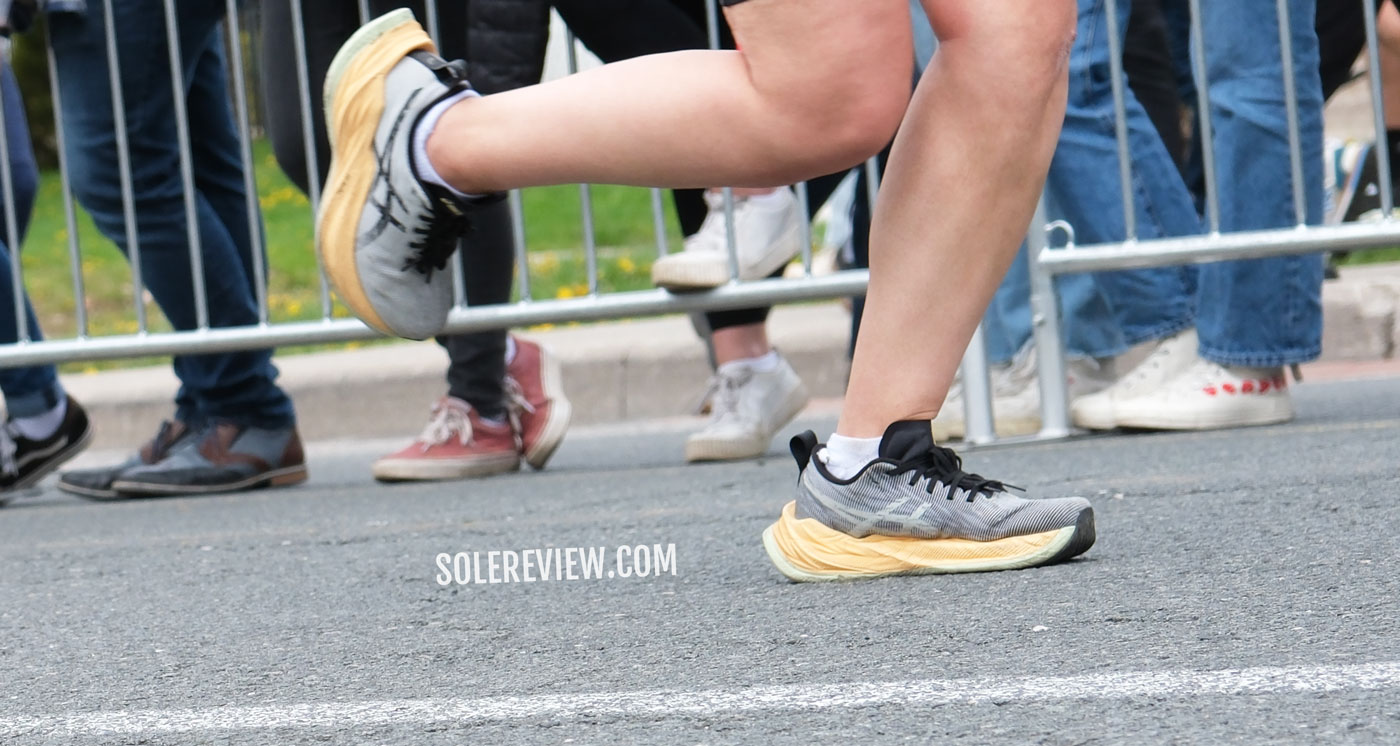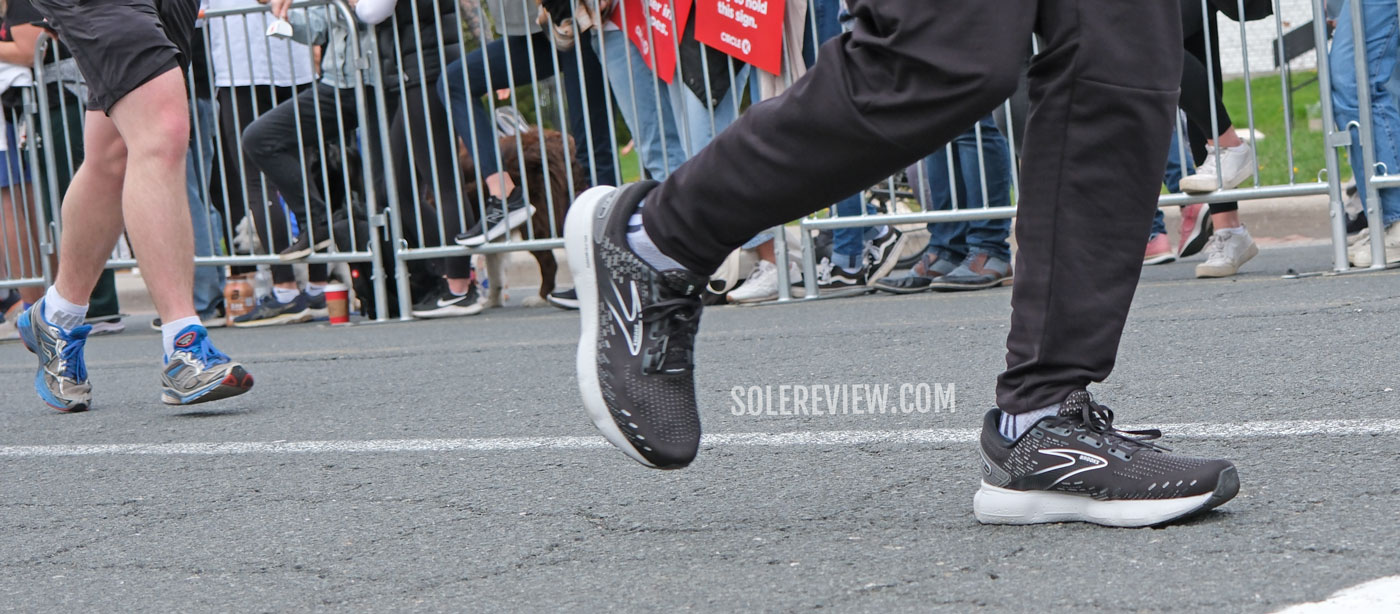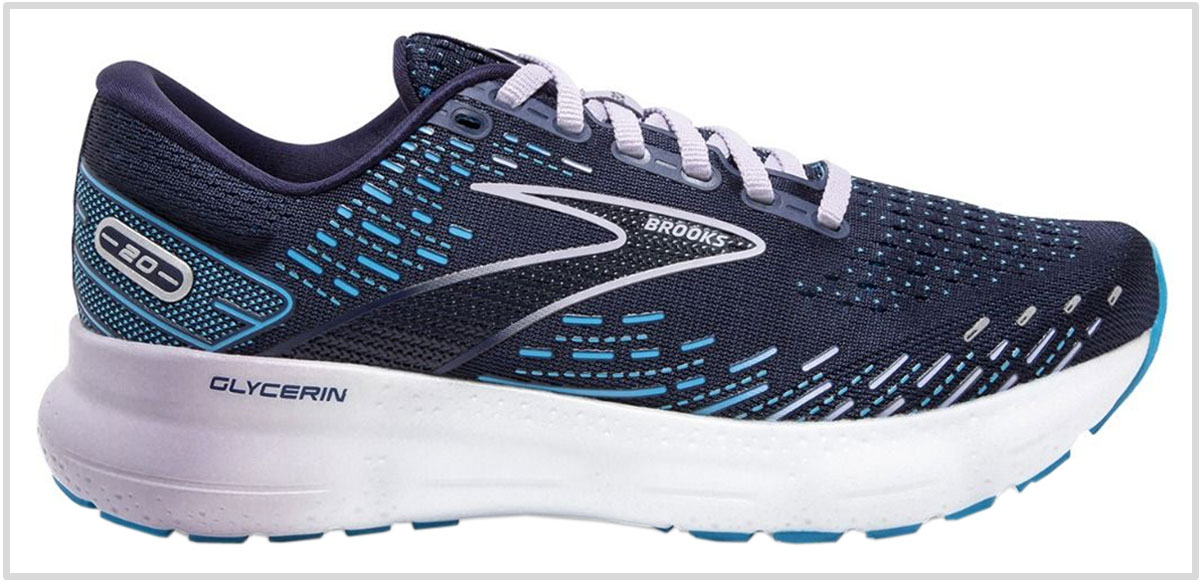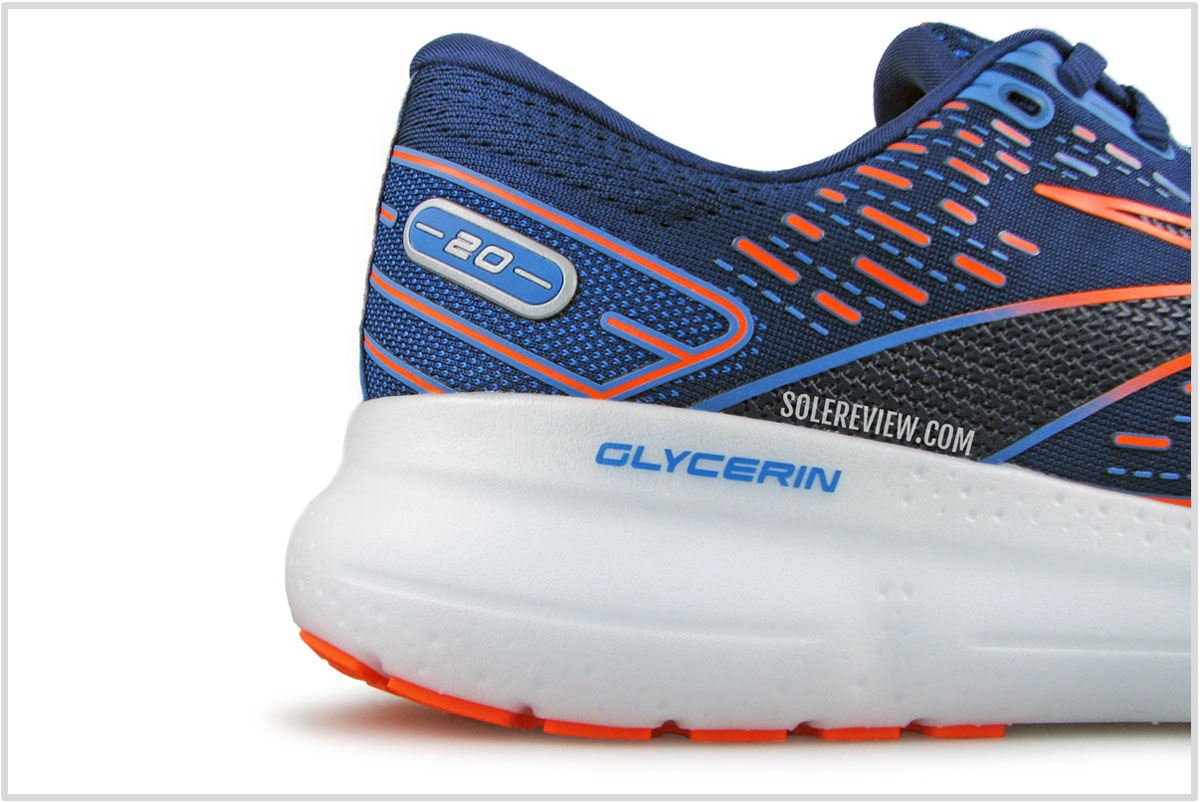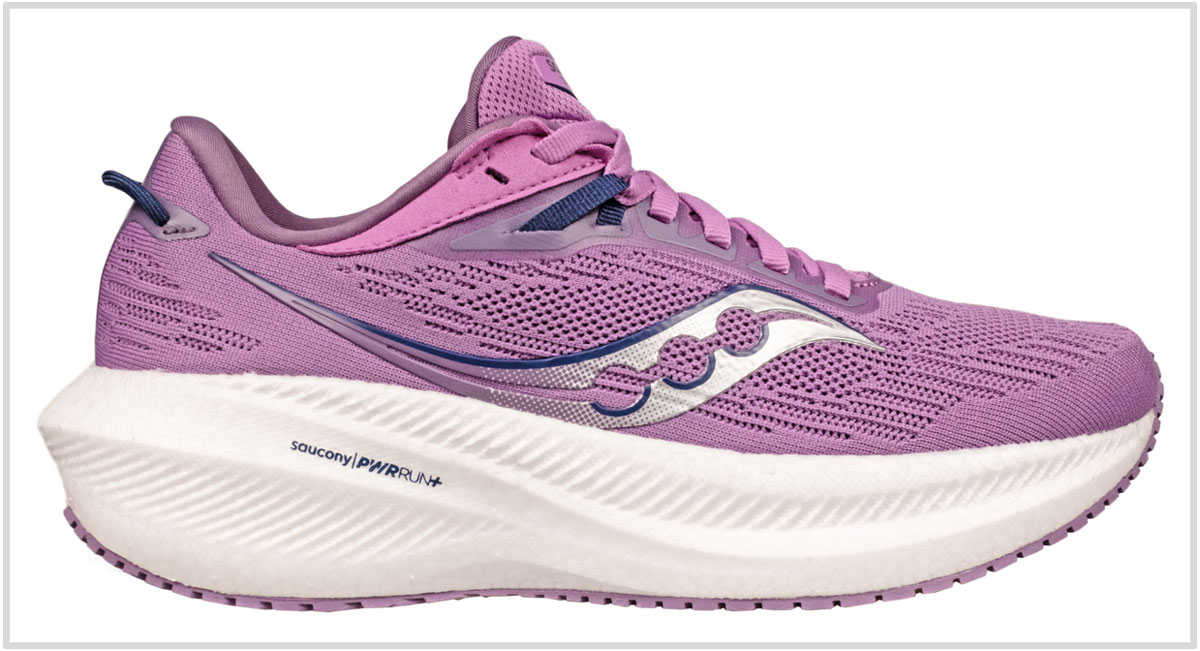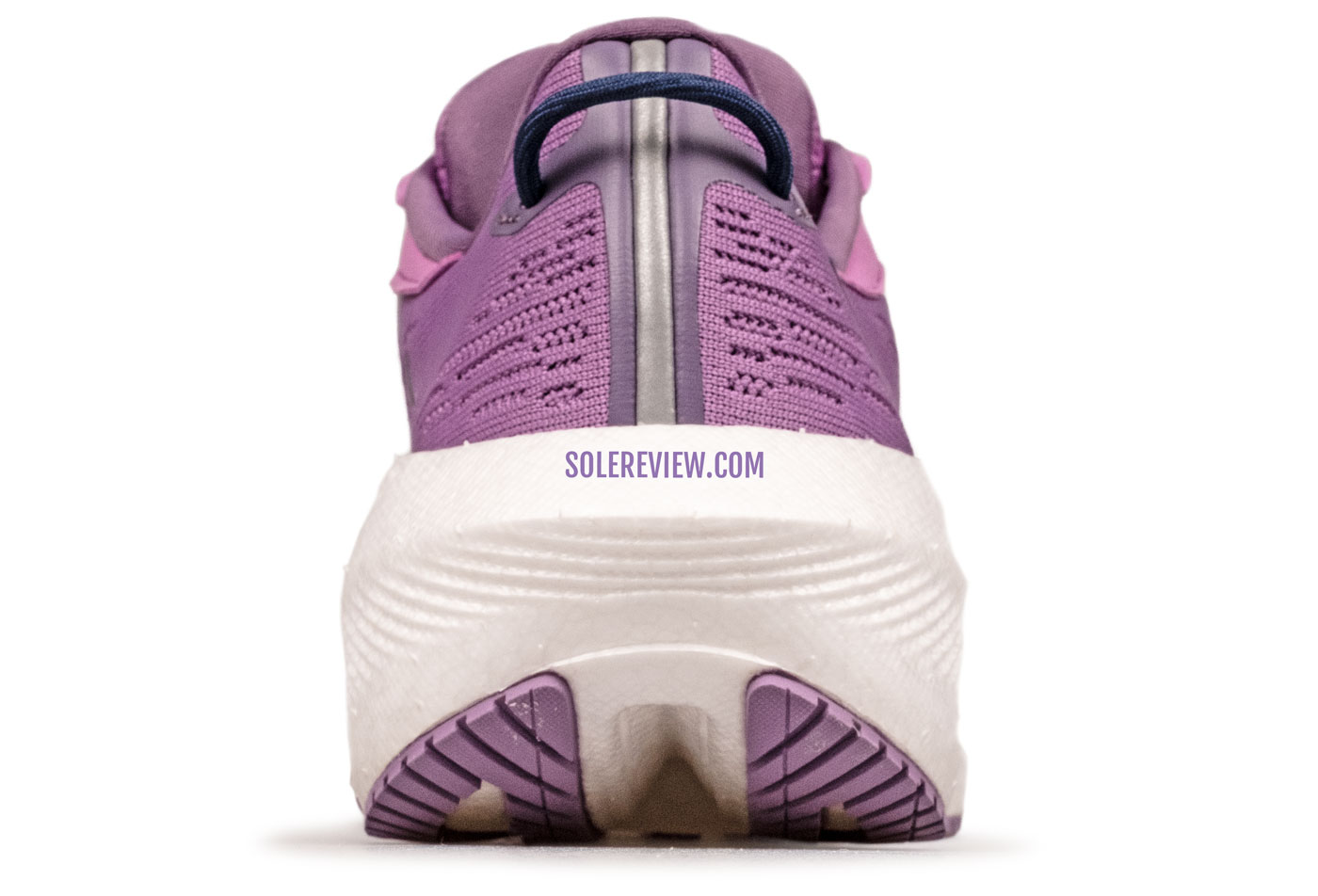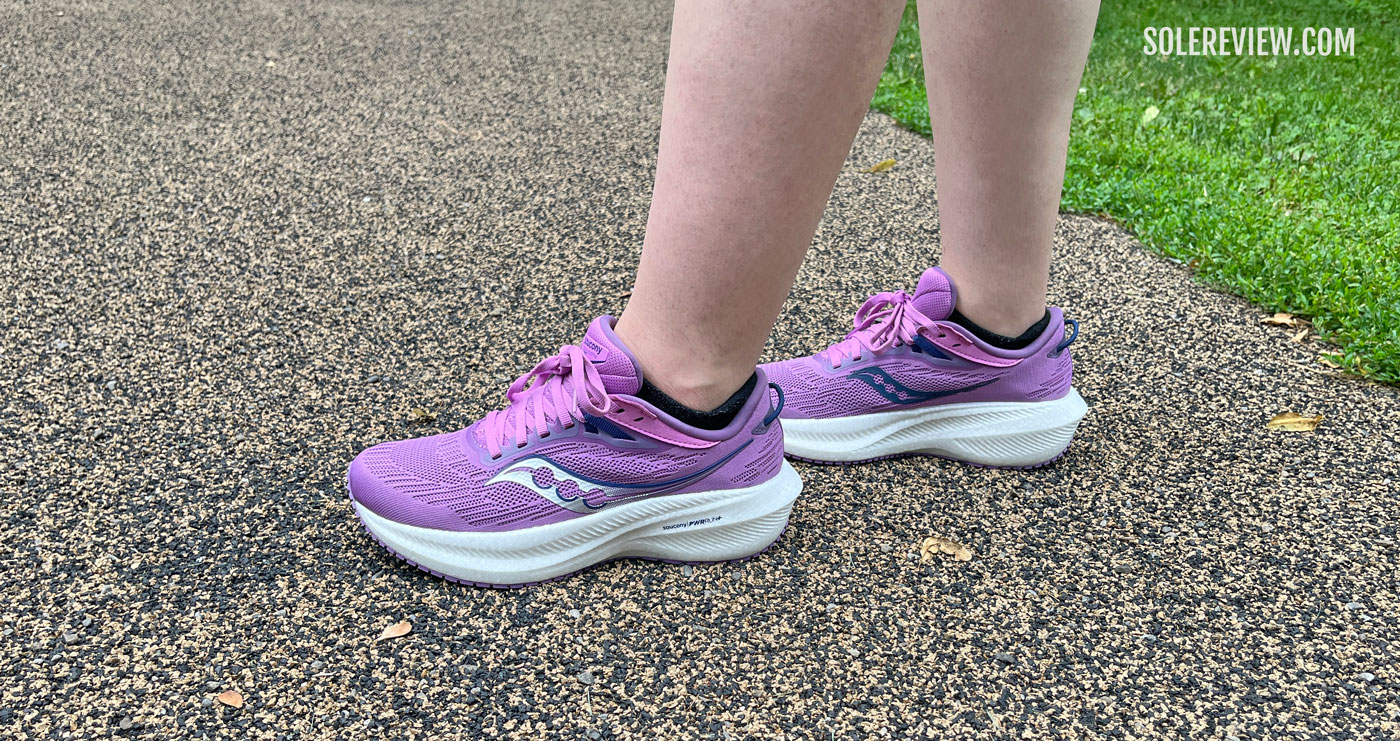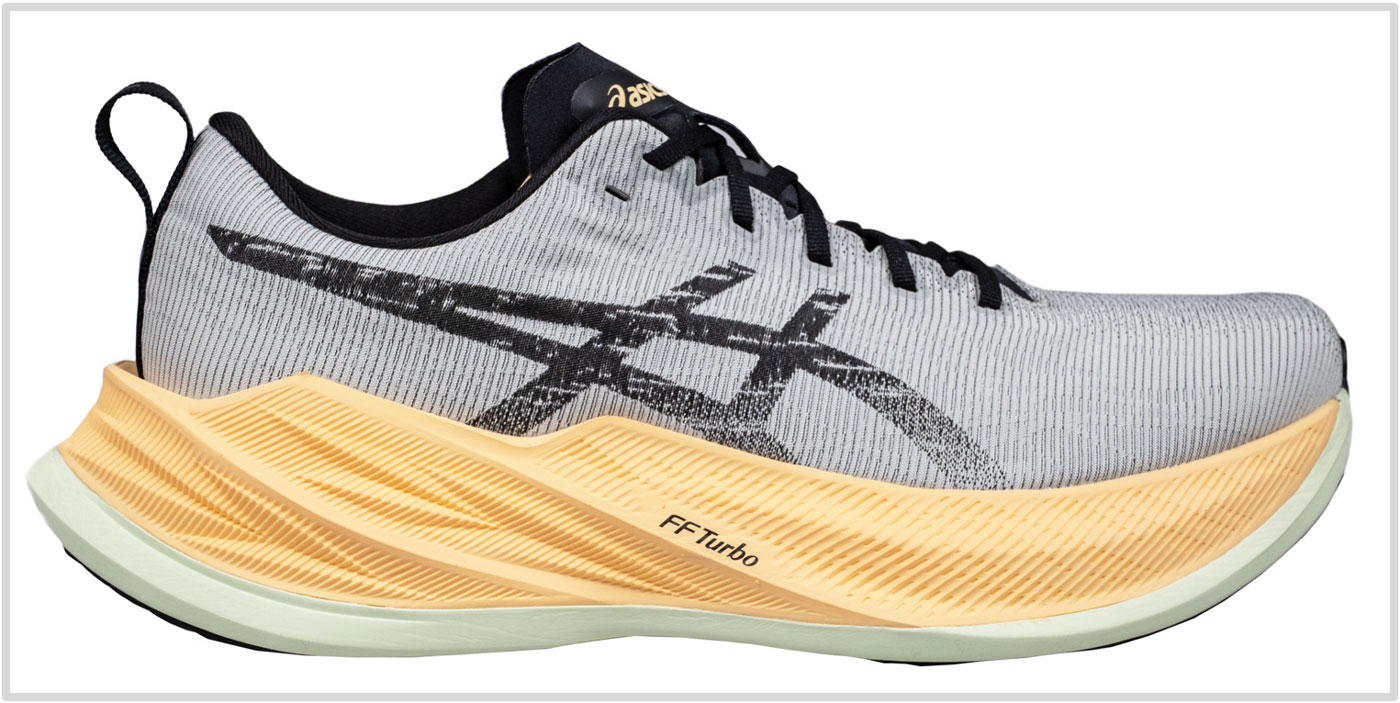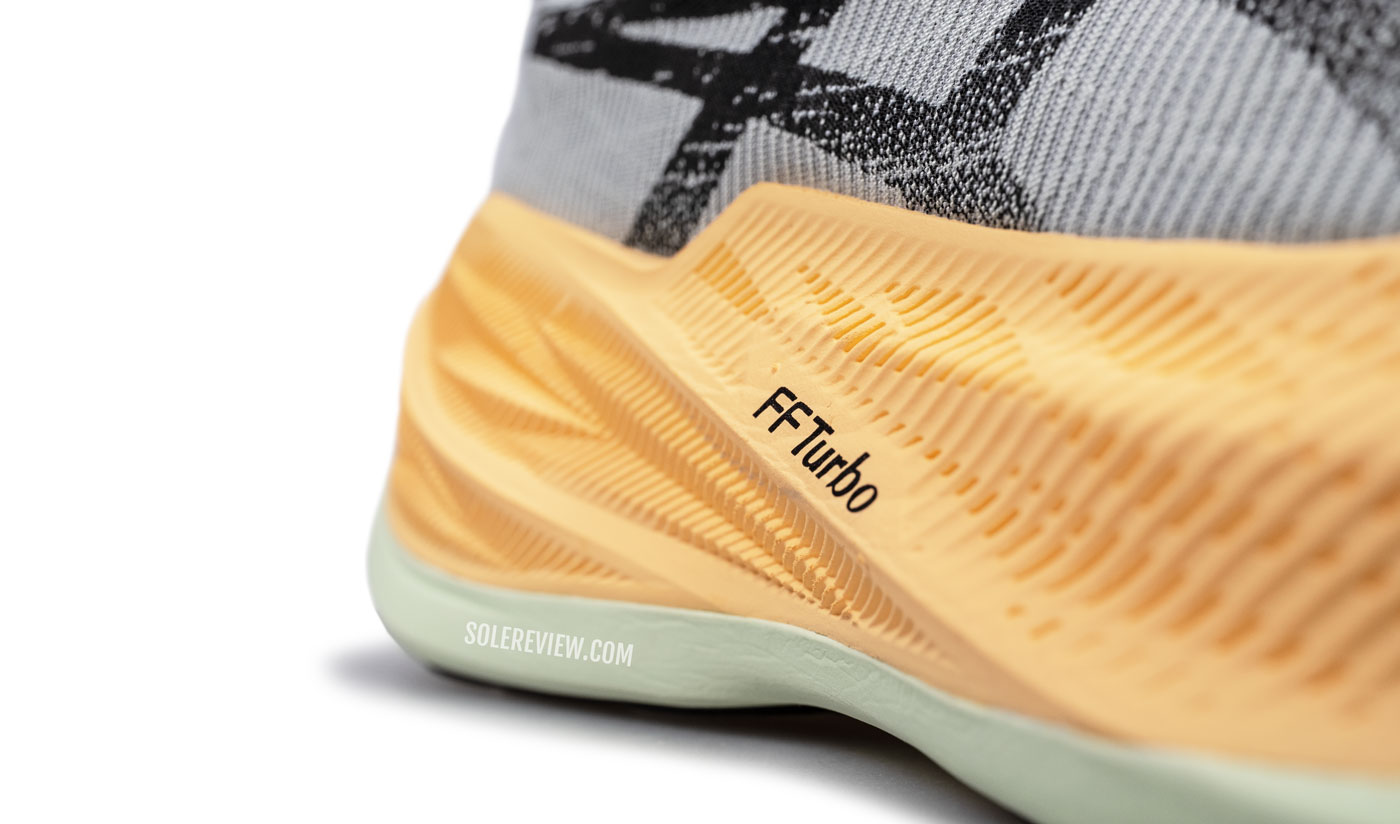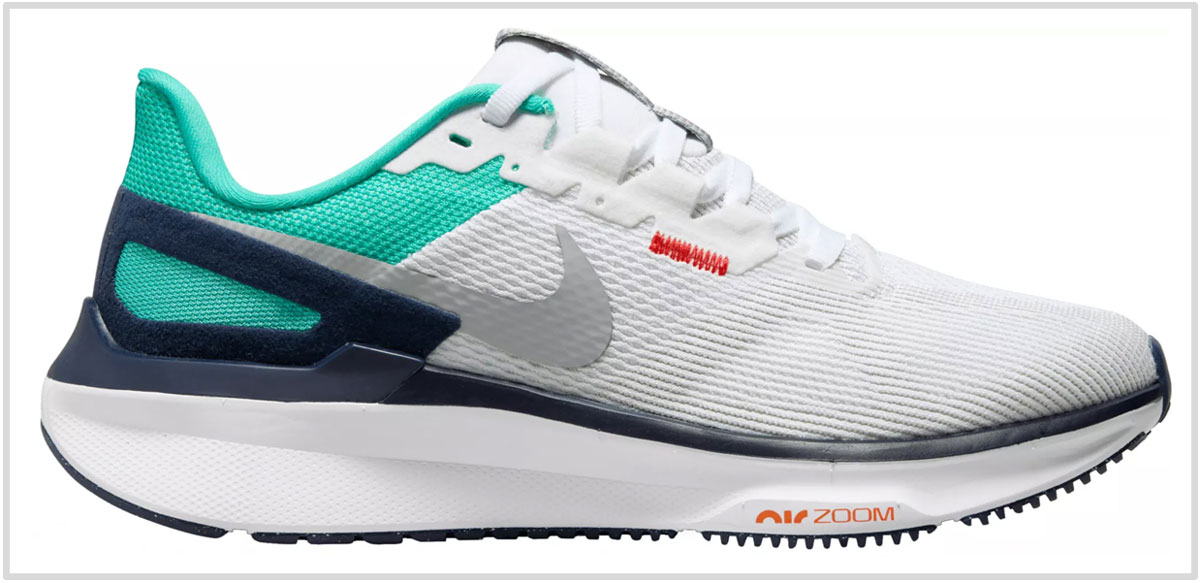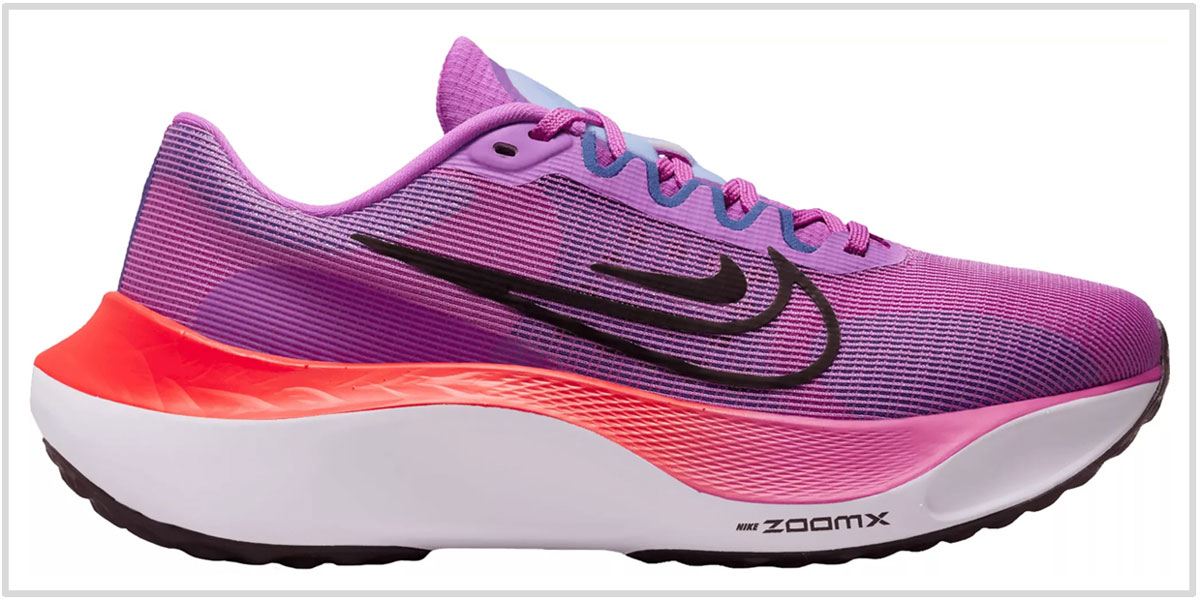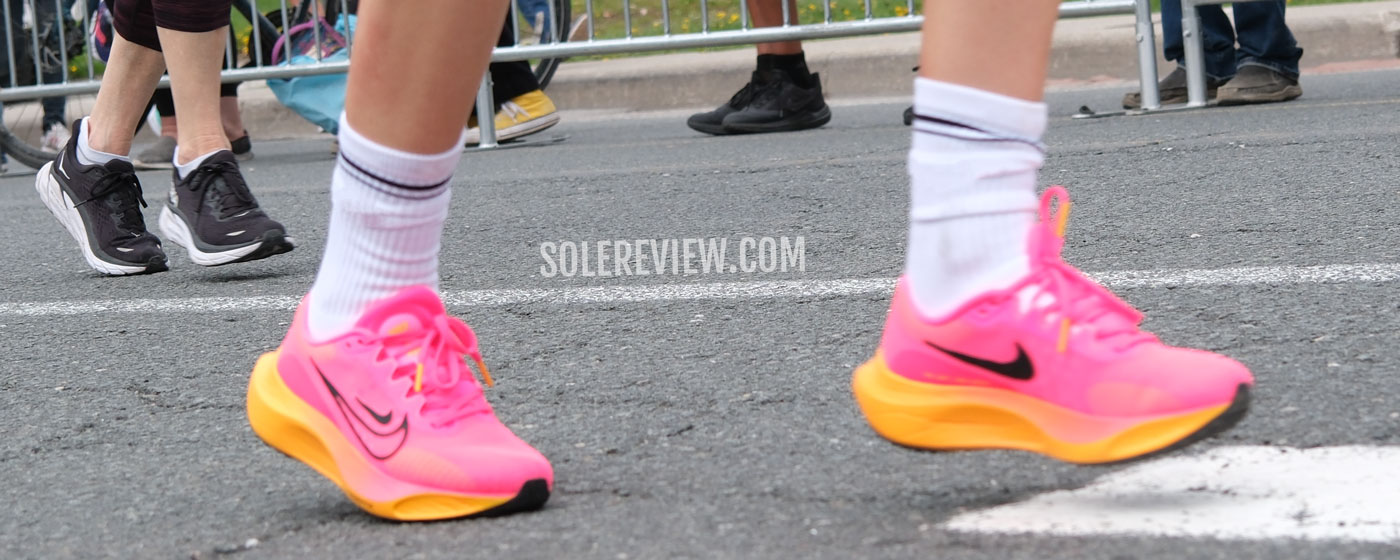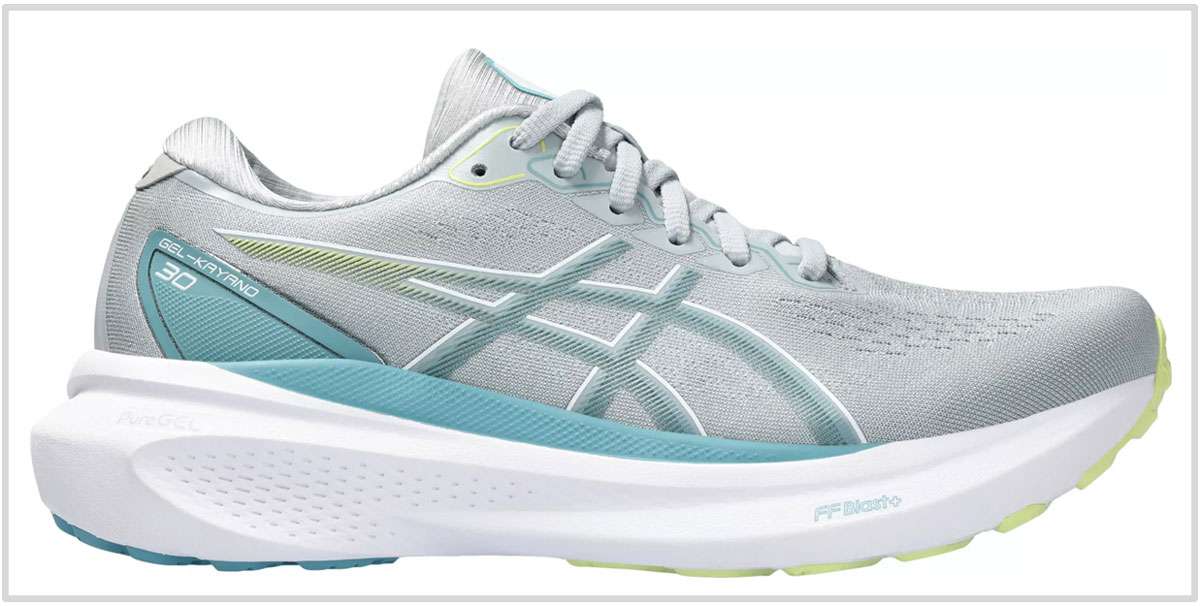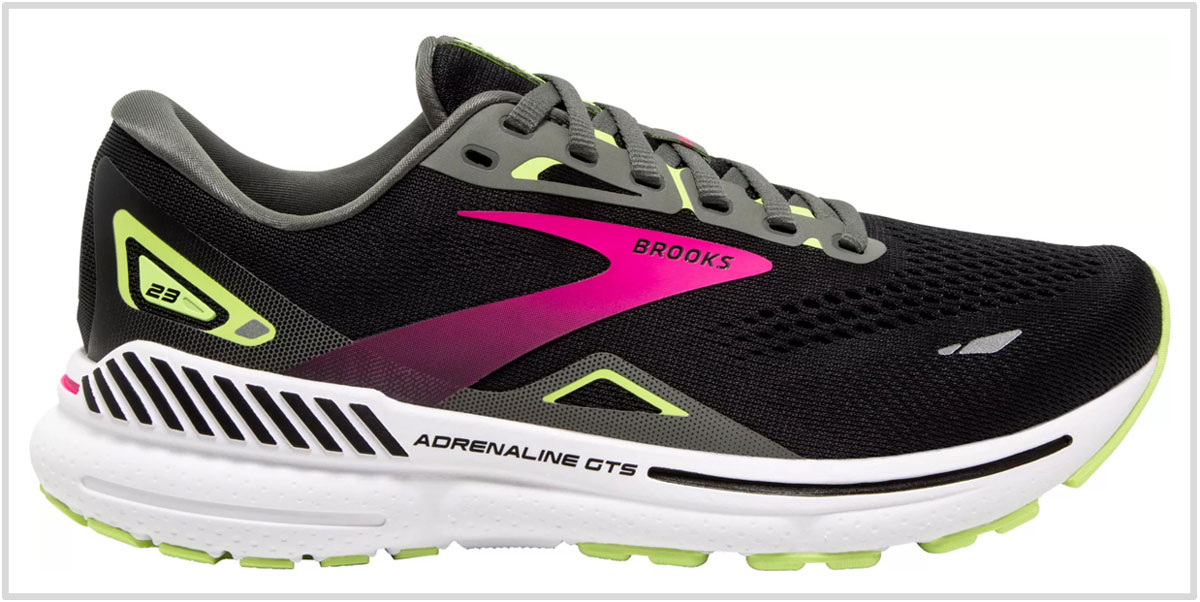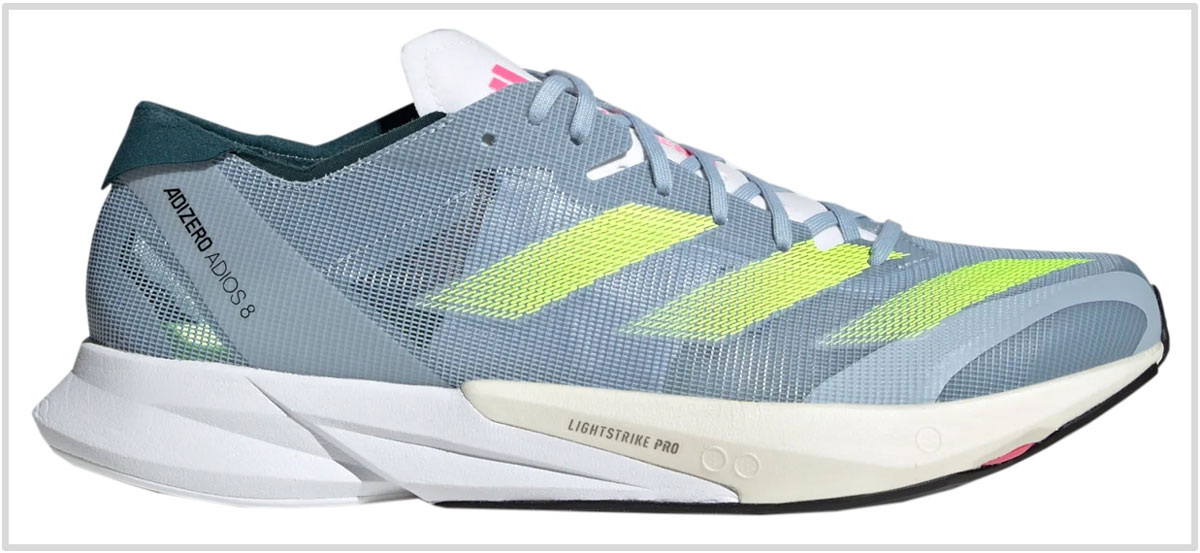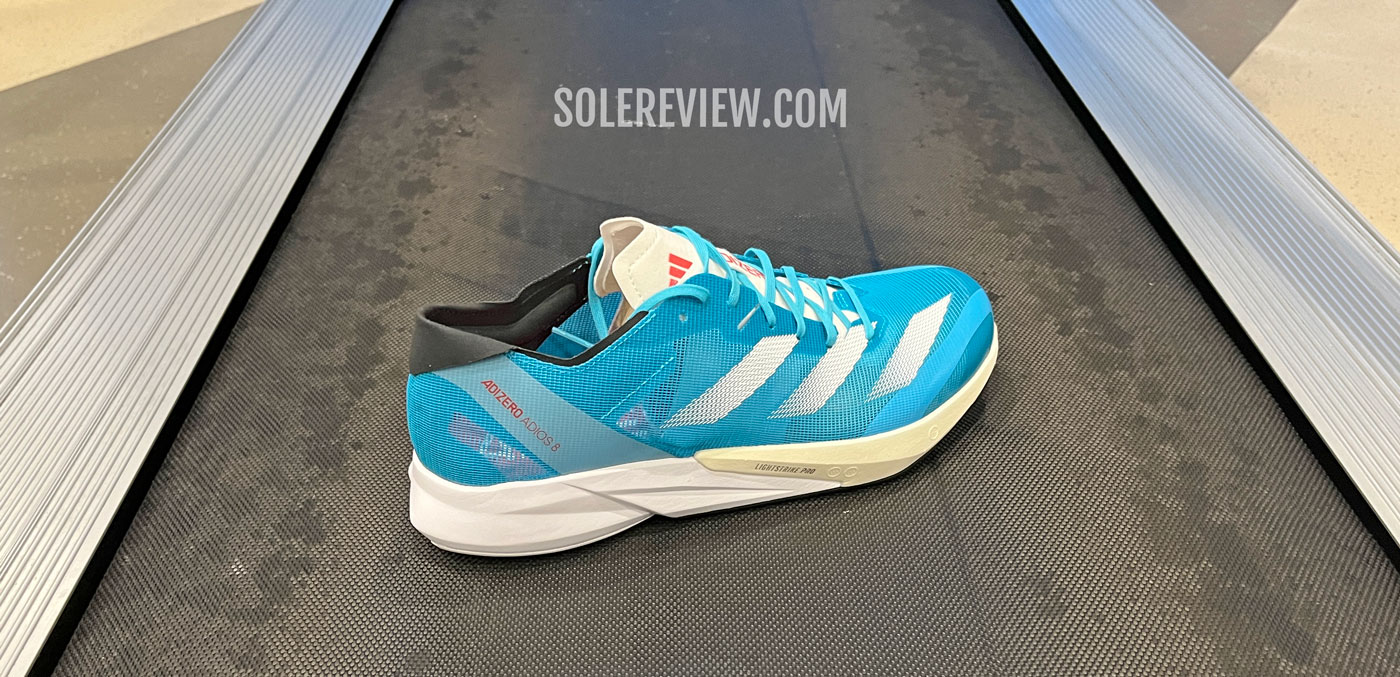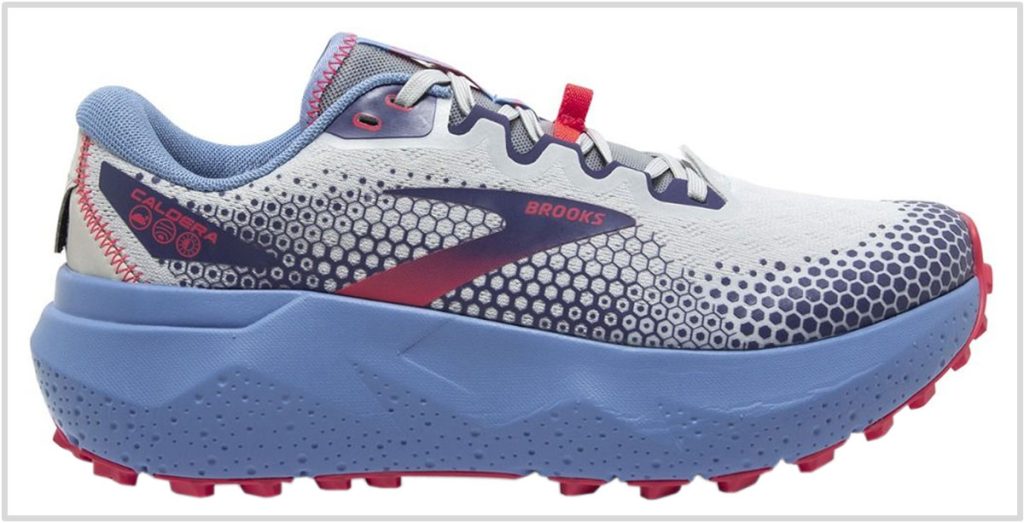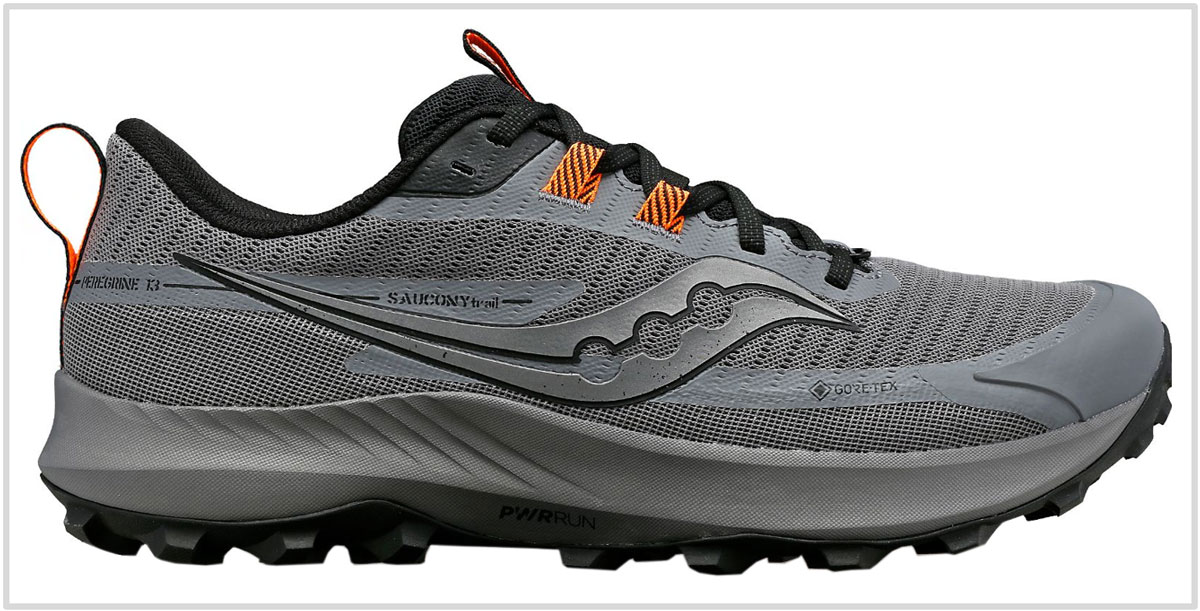This article has been updated with current models for November 2023. Most of the shoes on this guide have been updated with their current versions.
In this product guide:
- 1. Factors to consider
- 2. Best for cushioned support: Brooks Glycerin 20
- 3. Best for long runs: Saucony Triumph 21
- 4. Best all-around trainer: Asics Superblast
- 5. Best for everyday training: Nike Structure 25
- 6. Best for marathons: Nike Zoom Fly 5
- 7. Best for cushioned support: Asics Kayano 30
- 8. Best for everyday training: Brooks Adrenaline GTS 23
- 9. Best for short races: adidas adios 8
- 10. Best for cushioned trail runs: Brooks Caldera 6
- 11. Best for faster trail runs: Saucony Peregrine 13
This is a slightly different take on the men’s buyer’s guide on the same topic. However, our criteria for selecting the shoes for this guide are the same, so have a quick read if you can.
As a heavy runner, do not buy pillowy-soft running shoes – though that’s the most likely advice you’ll receive from store associates or online forums. You’ll hear or read things like ‘soft cushioning provides better impact protection for heavy runners’, or ‘they’re good for your knees’.
People may also suggest ‘stability’ running shoes. You know, the ones with a firmer wedge called the medial post.
That has been the conventional wisdom passed down the generations. But that’s far from sound advice.
Let’s assume that you’re 5’7’’ tall and weigh 180 pounds with a BMI (Body Mass Index) of 28. Or you’re a muscular athlete with the same height and weight, in which case, the BMI is a meaningless metric. The above-average bodyweight could also be a result of a large frame.
If any of the above apply to you, running in extremely soft shoes does more harm than good. Such running shoes are usually unstable and may cause injuries since the musculoskeletal system will constantly try to compensate for the soft ride.
We’re not saying that your running shoes should be rock hard; just avoid shoes with max-soft cushioning if you’re heavy. That is why we do not have the Nike ZoomX Invincible Run 3 on this guide.
Women with a higher body weight should also stay clear of stability shoes with a biased ride – a design that makes the outer side of the midsole softer than the inner sidewall. For this reason, you won’t see models like the New Balance 860V13 here. We do, however, recommend the Kayano 30 – since it’s a completely different shoe than the Kayano 29.
On a side note, the medial post bias of present-day shoes is nowhere as intrusive as it used to be. But when superior alternatives are readily available, why settle for less?
If running shoes from the said categories are off the menu for weighty women, what kind of footwear should you buy?
Or to be specific, what qualities should you look for in a running shoe?
The cushioning should be smooth and supportive with a hint of firmness
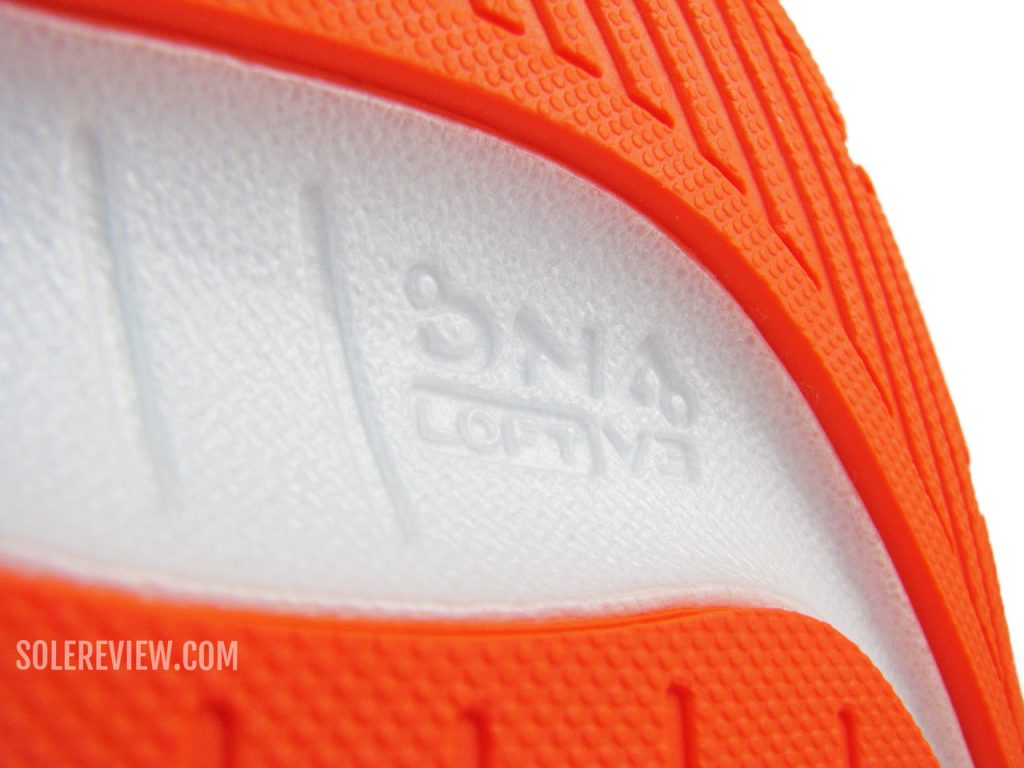
Though the Glycerin 20’s DNA Loft V3 foam isn’t super soft, it offers supportive ride comfort.
There is a difference between the terms ‘ultra-soft’ and cushioned. A shoe can be cushioned without being mushy. Examples would be the Nike Structure 25 and Brooks Glycerin 20, two of the many on this list.
Not only do those shoes have a cushioned ride; but their resilient midsoles and grippy outsoles also add stability. The neutral midsole design produces a smooth ride without ‘sinking’.
To sum up, a cushioned midsole works for heavy runners as long as it isn’t unstable. The level of support should be based on both the midsole geometry and foam density.
Look for non-EVA foam midsoles
New-age materials like the adidas Boost, Saucony Pwrrun+/PB, and Asics Flytefoam Turbo have superior cushioning retention over time. At the same time, these foams do a better job than EVA at cushioning delivery for heavy runners.
This isn’t to say that standard EVA (Ethylene Vinyl Acetate) foams are bad. The Nike Structure 25 uses compression-molded EVA, yet is stable and long-lasting. Even the Asics Kayano 30 is also based on an EVA foam blend.
A secure upper fit
A stable midsole isn’t very useful when paired with a sloppy upper fit. An interior that grips the foot securely benefits the overall stability.
We’ve curated a dozen running shoes spread across a wide range of ride characters. The shoes are grouped into sub-categories. Some models cater to different use cases and range from cushioned trainers to lightweight speedsters.
Many websites only recommend heavy running shoes for heavy runners – that’s silly, we think.
Best neutral running shoes for heavy women
1) Brooks Glycerin 20 Women’s
The Brooks Glycerin 20 is a premium neutral cushioned trainer that relies on a single-density midsole and Ortholite insole to deliver a smooth, comfortable, and supportive ride.
This form factor works for most situations, be it daily runs or long-distance cruising. The rubber outsole and transition groove produce the familiar transition and grip quality that is associated with Brooks running shoes.
Need we say more? The latest Brooks Glycerin 20 also has an upper that securely holds the foot in plushness. It’s worth noting that the Glycerin 20 no longer has an inner sleeve as the Glycerin 19 did.
To find out more about what’s changed between the Glycerin 19 and 20, read our review.
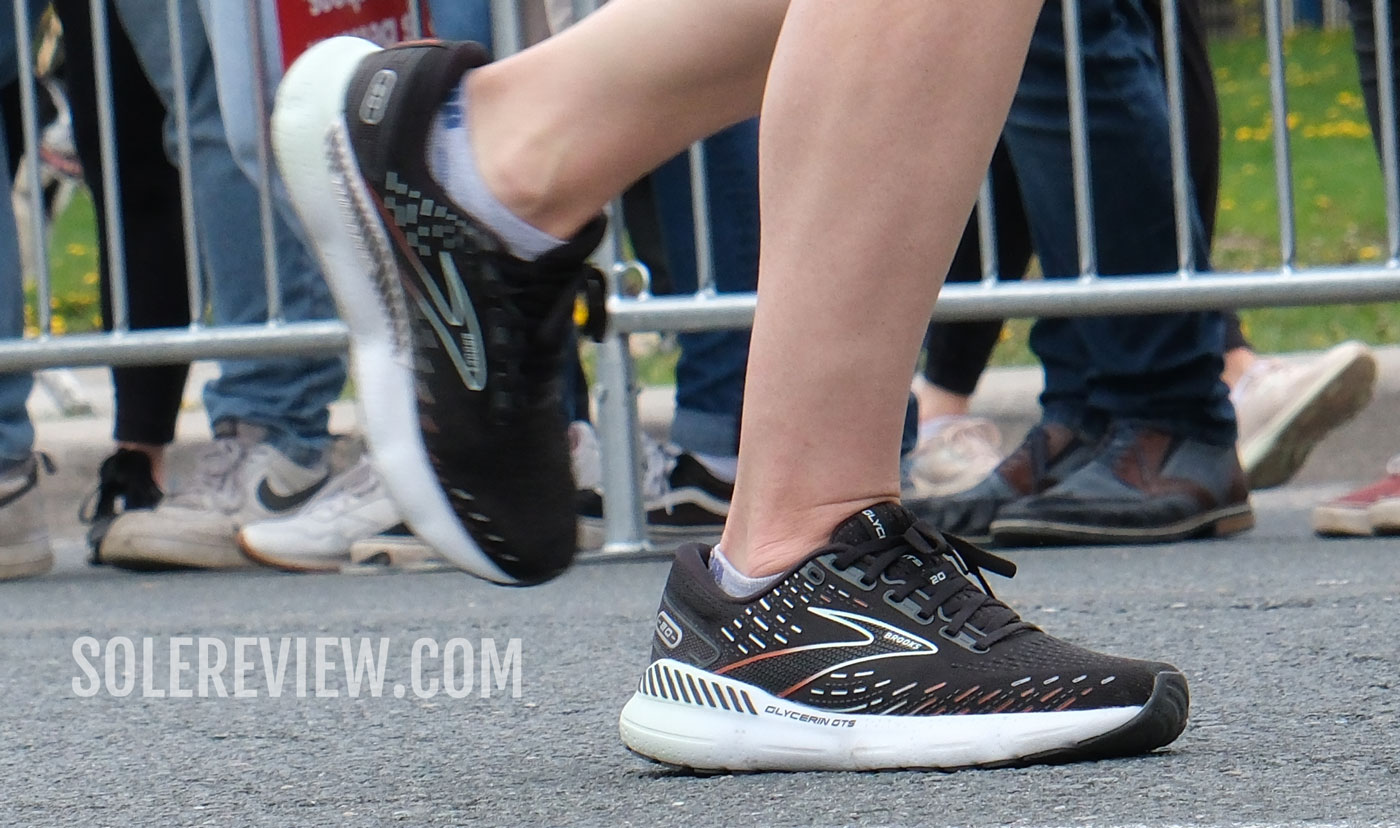
The ‘GTS’ version of the Brooks Glycerin 20 has raised sidewalls, while the rest of the shoe is the same.
For a higher level of under-arch support, we recommend the Brooks Glycerin GTS 20. That shoe is exactly like the Glycerin, but with ‘Guiderails’ – raised midsole sidewalls that cup either side of the foot. If you’re wondering where the Brooks Transcend went, that’s because the Glycerin GTS is its successor.
2) Saucony Triumph 21 Women’s
The Saucony Triumph 21 is a deeply cushioned running shoe that’s sufficiently supportive for heavier runners.
The Pwrrun+ (expanded Polyurethane) foam stack creates a cushioned yet stable platform for high-mileage runs. The Triumph 21’s midsole isn’t too soft, and there’s even a slight rocker effect.
As a result, the Triumph 21 combines speed-friendly transitions with long-distance comfort.
These attributes make the Triumph versatile enough for different kinds of runs, be it everyday miles or a marathon.
The snug fit of the smooth engineered mesh upper locks the foot down over the midsole.
The upper fit has changed between the Triumph 20 and 21; despite the identical midsole, the Triumph 21 fits narrower because of the redesigned upper. Our in-depth review takes an in-depth look at the Triumph 21.
3) Asics Superblast Women’s
If you haven’t crossed paths with the Asics Superblast yet, you’ve been missing out.
This Asics shoe has been immensely successful, and in hindsight, we can tell why. Its extreme specs would suggest otherwise, but the Superblast is truly an all-in-one running shoe.
It manages to mix different ingredients and somehow create a cohesiveness that’s rarely found in running shoes. If you want to know all about the Superblast, allow us to direct you to our review.
Let’s begin with the cushioning. There’s lots of it (45 mm heel and 37 mm forefoot stack), but in a lightweight package that also feels quick and supported.
The base ingredient is the Flytefoam Turbo foam, the same material that the Metaspeed racer uses. A firmer base and rocker midsole keep the loading cycle quick and efficient.
So it’s no surprise that the Asics Superblast has a lot of takers.
It’s fast enough for tempo runs and intervals. There’s ample cushioning for marathons and long training runs. The 8 mm heel drop is friendly enough for beginners. The snug upper keeps the foot locked in.
And here’s the best bit – the cushioning does all this while supporting heavy weight. The midsole retains its structural integrity even when fully loaded, thus making it a cushioned neutral trainer for all occasions.
4) Nike Structure 25 Women’s
The Nike Structure 25 is like a Pegasus 40, but with better under-arch support. In practical terms, the ride quality is slightly more supportive. The Zoom Air bag under the forefoot adds some pop to the cushioning and also prevents the foam from bottoming out.
Given the ride stability, the Structure 25 is a good pick for heavy runners. The segmented outsole grips well and helps with quick turnovers. Like the Pegasus, the Structure 25 does most things well. Daily training, long runs, or even a half-marathon are within the Structure 25’s performance boundaries.
Like most (recent) Nike running shoes, the upper is fully sleeved, and thus fits snug and warm. The midfoot strapping system does an excellent job of securing the foot over the midsole, and there’s plenty of plushness in the tongue and heel.
5) Nike Zoom Fly 5 Women’s
In our review of the Zoom Fly 5, we said that this shoe doesn’t get enough love.
Most shoes with a Carbon plate lack the durability required for everyday runs and training mileage. They are usually less stable, owing to their ultra-slim midsole profile and soft foam. Lastly, ultra-lightweight racers (like the Nike Vaporfly 3) are not always versatile. Their unique design rewards higher running speeds and forefoot strikes.
That’s where the Zoom Fly 5 comes in. While the midsole has PEBA foam, it’s in the form of a core inside a relatively firmer casing. The midsole is wide under the heel and forefoot, and the outsole has rubber coverage under high wear areas.
It’s also very supportive for a plated trainer, since the midsole is less susceptible to collapsing under heavy loads.
From a rotational standpoint, the Nike Zoom Fly 5 is an excellent shoe for marathon training as well as daily runs.
6) Asics Kayano 30 Women’s
Until recently, the Kayano used to have a spin-off called the Kayano ‘Lite’ (not to be confused with Lite-Show). That shoe has now been discontinued and replaced with the Kayano 30.
On paper, the Kayano 30 replaces the Kayano 29 – a conventional stability shoe with a medial post. That firmer wedge of foam made the inner midsole more supportive, and in theory, was supposed to control the gait.
But the Kayano 30 has more in common with the Kayano Lite than it did with the Kayano 29.
The cushioned Flytefoam midsole is comfortable enough for most runs, be it long or short. At the same time, the wide heel creates a stable foundation for heavy runners. Asics has redesigned the Kayano Lite for this year, but it has a ride quality that’s similar to the previous Kayano Lite.
The soft mesh and padded lining make the upper comfortable as well as secure – it locks the foot down over the supportive Flytefoam midsole.
Editor’s note: The women’s Kayano 30 has a 1 mm thicker heel than the men’s version.
7) Brooks Adrenaline GTS 23 Women’s
Here’s a somewhat unpopular take on the Brooks Adrenaline GTS. We don’t believe that the elevated ‘Guiderails’ do anything at all to prevent pronation or ‘guide’ the gait process.
Even without the raised sidewalls, the Brooks Adrenaline GTS 23 manages compression very well – just like the Brooks Ghost 15, its neutral version. And if you’re upgrading from the Adrenaline GTS 22, you won’t find much amiss. The Guiderail set-up is nearly identical, and so is the overall character.
So regardless of whether you get the Adrenaline GTS or Ghost, the midsole is supportive enough for a higher body weight. While the midsole isn’t soft, the insole and foam lasting are – thus providing a cushy layer of step-in softness. The outsole traction is excellent too. The Brooks Adrenaline GTS 23 does best as a daily trainer, but doesn’t excel at anything in particular.
The upper is plush, smooth-fitting, and holds the foot securely without any slippage. Optional widths are available for broader feet profiles.
As a firmer stability shoe alternative, we recommend the Saucony Guide 16.
Best women’s racing shoe for heavy runners
8) adidas adizero adios 8 Women’s
It would be wrong to classify the adios 8 as a racing flat, because it strikes a satisfying balance between ride comfort and speed-friendly road manners.
The dual-density midsole with its Lightstrike Pro forefoot is comfortable enough for 10K runs, whereas the firm ride and aggressive outsole geometry prove useful while setting personal bests during a road race.
The mesh and synthetic upper securely lock the foot down, and offer excellent ventilation.
If you’re swapping your adios 6 or 7 for the adios 8, it’s worth noting that the new adios is much softer. The adios 8 is like the Boston 11, whereas the equivalent of the adios 6 and 7 does not exist in adidas’s current line-up. Our road-tested review of the adidas adios 8 is here.
Best women’s trail-running shoe for heavy runners
9) Brooks Caldera 6 Womens
The Caldera 6 is a cushioned trail running shoe that’s also supportive. In many ways, the Caldera 6 is like the Brooks Glycerin 20, but for the trail. That comparison is apt, because, like the Glycerin 20, the Brooks Caldera 6’s midsole is made of the same DNA Loft V3 foam.
However, that’s where the similarities end. The ultra-wide and tall midsole is more stable and cushioned than the Glycerin, and trail-worthy features like the grippy trail-tack rubber, gaiter attachment points, and reinforced upper make the Caldera 6 suitable for long-distance trail runs.
Despite its max-cushioned ride, the wide outsole footprint and resilient DNA Loft v3 foam provide the stability that heavier runners need.
10) Saucony Peregrine 13 Women’s
In many ways, the Peregrine 13 is similar to the Peregrine 12, thus making it an excellent trail running for heavy women runners. Just know that the Peregrine 13 isn’t your everyday trail runner, but rather a speed-focused shoe.
The firm Pwrrun foam midsole ( 4 mm heel drop) makes the ride very stable regardless of the bodyweight. There’s also a rock guard for protection, along with an aggressively designed outsole made of a grippy rubber compound called Pwrtrac.
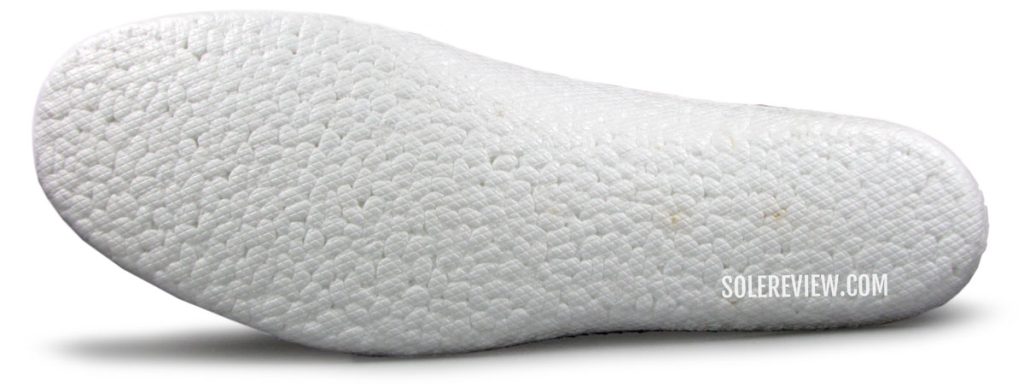
Everun, Pwrrun+ – call it whatever you will. The unique insole is no longer EVA foam, but steam-expanded Polyurethane.
The layered upper is comfortable, secure, and uses a closed-type mesh to keep the debris out. If that wasn’t enough, there are gaiter attachment points should the situation demand one.
Do you own any of these shoes? Improve this review by sharing your insights – submit a review here.

